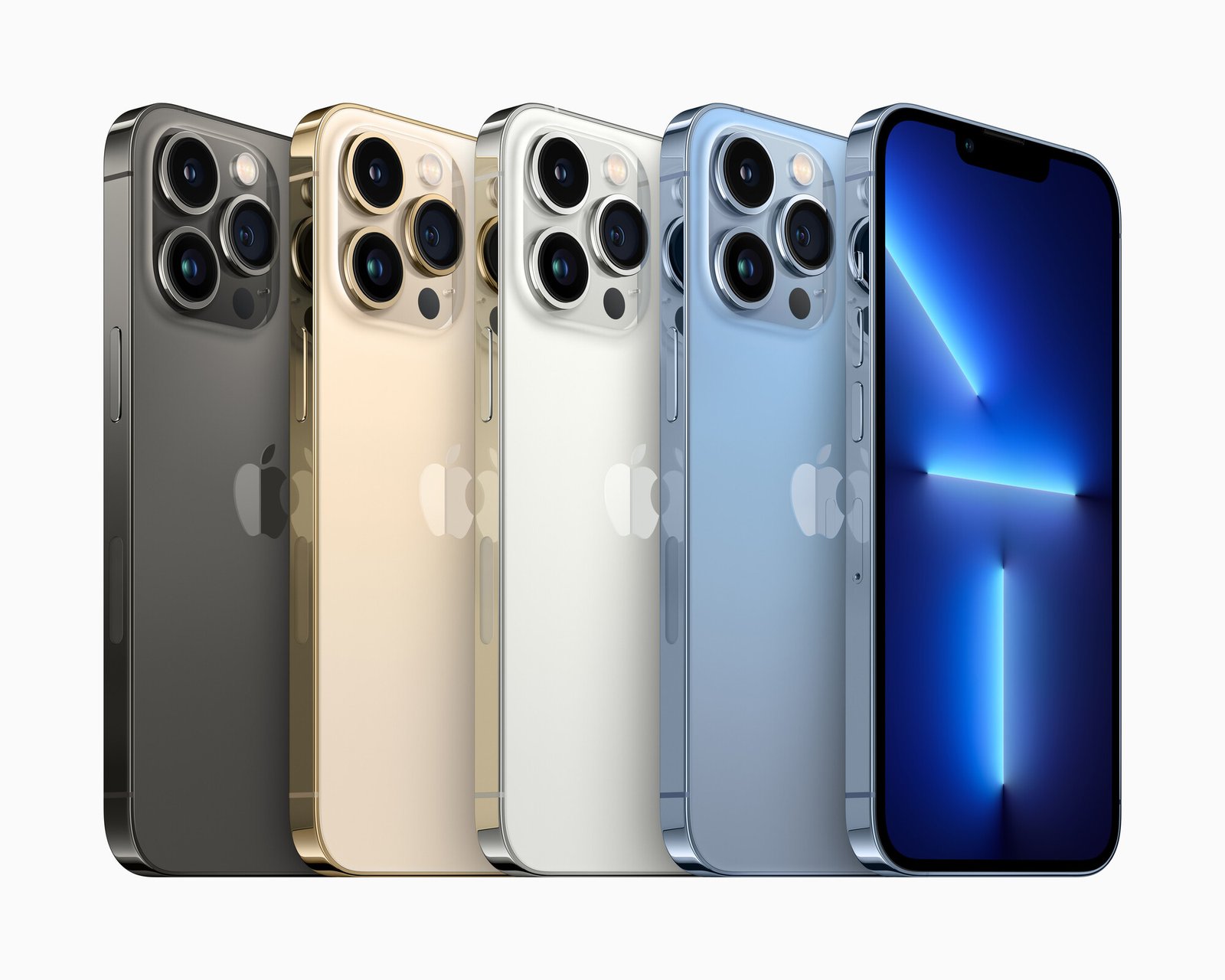The Evolution of Computing: Exploring the Dynamic Relationship Between Laptops and Mobile Devices
Introduction:
In cutting-edge fast-paced world, science has come to be an necessary section of our every day lives, revolutionizing the way we communicate, work, and entertain ourselves. Among the myriad of technological advancements, laptops and cell units stand out as two of the most ubiquitous and transformative innovations of the modern-day era. This article targets to delve into the elaborate relationship between laptops and cell devices, tracing their evolution, exploring their functionalities, and analyzing their affect on society.
The Rise of Laptops:
Laptops, additionally recognized as pocket book computers, emerged in the early Nineteen Eighties as transportable selections to computer computers.
The introduction of laptops revolutionized the way human beings worked, supplying mobility and flexibility formerly not possible with desktops.
Early laptops had been cumbersome and expensive, with restrained processing electricity and battery life. However, developments in technological know-how led to the improvement of sleeker, extra effective fashions over time.
The evolution of laptops noticed the integration of a range of aspects such as built-in Wi-Fi, increased battery life, and more desirable graphical capabilities.
Laptops grew to become imperative equipment for professionals, students, and informal customers alike, enabling productiveness on the go and facilitating seamless communication.
The Emergence of Mobile Devices:
Mobile devices, along with smartphones and tablets, emerged in the late twentieth century, pushed with the aid of developments in miniaturization and wi-fi verbal exchange technologies.
The introduction of the iPhone in 2007 marked a sizeable milestone in the records of cellular devices, ushering in the technology of smartphones.
Smartphones revolutionized verbal exchange and entertainment, providing elements such as web browsing, electronic mail access, and multimedia skills in a compact structure factor.
Tablets, with their large displays and touch-based interfaces, similarly increased the abilities of cell computing, bridging the hole between smartphones and laptops.
The portability and comfort of cellular gadgets changed a number of industries, such as gaming, media consumption, and e-commerce, growing new possibilities for innovation and entrepreneurship.
Convergence and Divergence:
As science advanced, the boundaries between laptops and cellular gadgets started out to blur, main to a convergence of functionalities.
Hybrid devices, such as 2-in-1 laptops and convertible tablets, emerged, supplying the versatility of each laptops and cell gadgets in a single device.
Operating structures like Windows 10 and macOS included touch-friendly interfaces, optimizing the person journey for touchscreen devices.
Despite the convergence, laptops and cellular units retained wonderful traits and use cases, catering to extraordinary desires and preferences.
Laptops remained desired for duties requiring enormous typing, multitasking, and expert software program applications, whilst cell units excelled in portability, on the spot access, and app-based functionalities.
The Impact on Society:
The proliferation of laptops and cell units has had a profound have an impact on on society, reshaping communication, commerce, and culture.
Social media platforms, cellular apps, and on-line offerings have modified the way human beings interact, share information, and habits business.
The democratization of data facilitated by means of laptops and cellular units has empowered humans worldwide, enabling get entry to to education, healthcare, and monetary opportunities.
However, worries involving digital privacy, records overload, and display dependancy have additionally arisen, prompting debates about accountable science use and regulation.
Despite the challenges, laptops and cell units proceed to pressure innovation and progress, fueling the digital revolution and shaping the future of computing.
Conclusion:
In conclusion, laptops and cell units characterize two pillars of present day computing, every contributing special competencies and functionalities to the technological landscape. From their humble beginnings to their present day ubiquity, these gadgets have converted the way we work, communicate, and live. As technological know-how continues to evolve, the relationship between laptops and cellular units will certainly proceed to evolve, shaping the future of computing in methods we have but to imagine.






